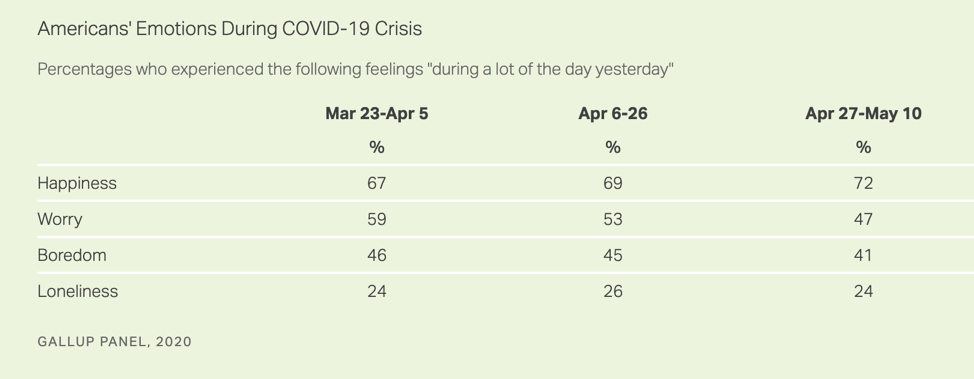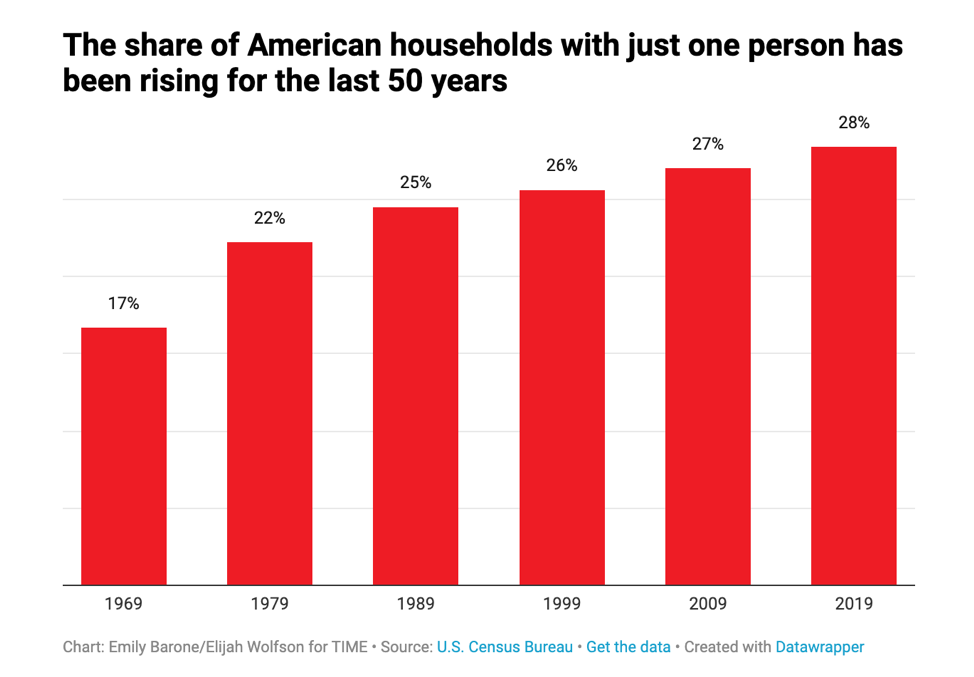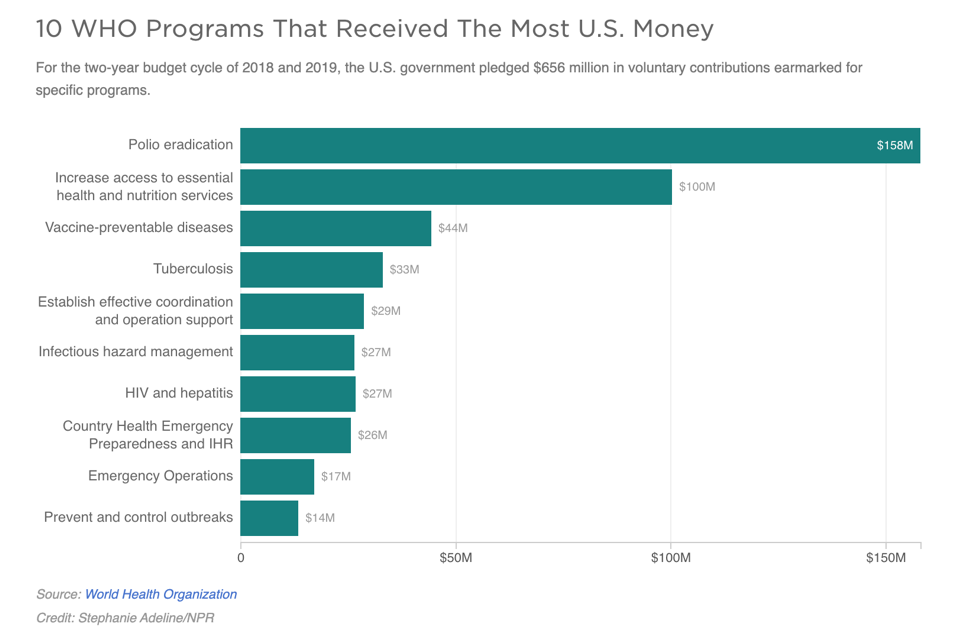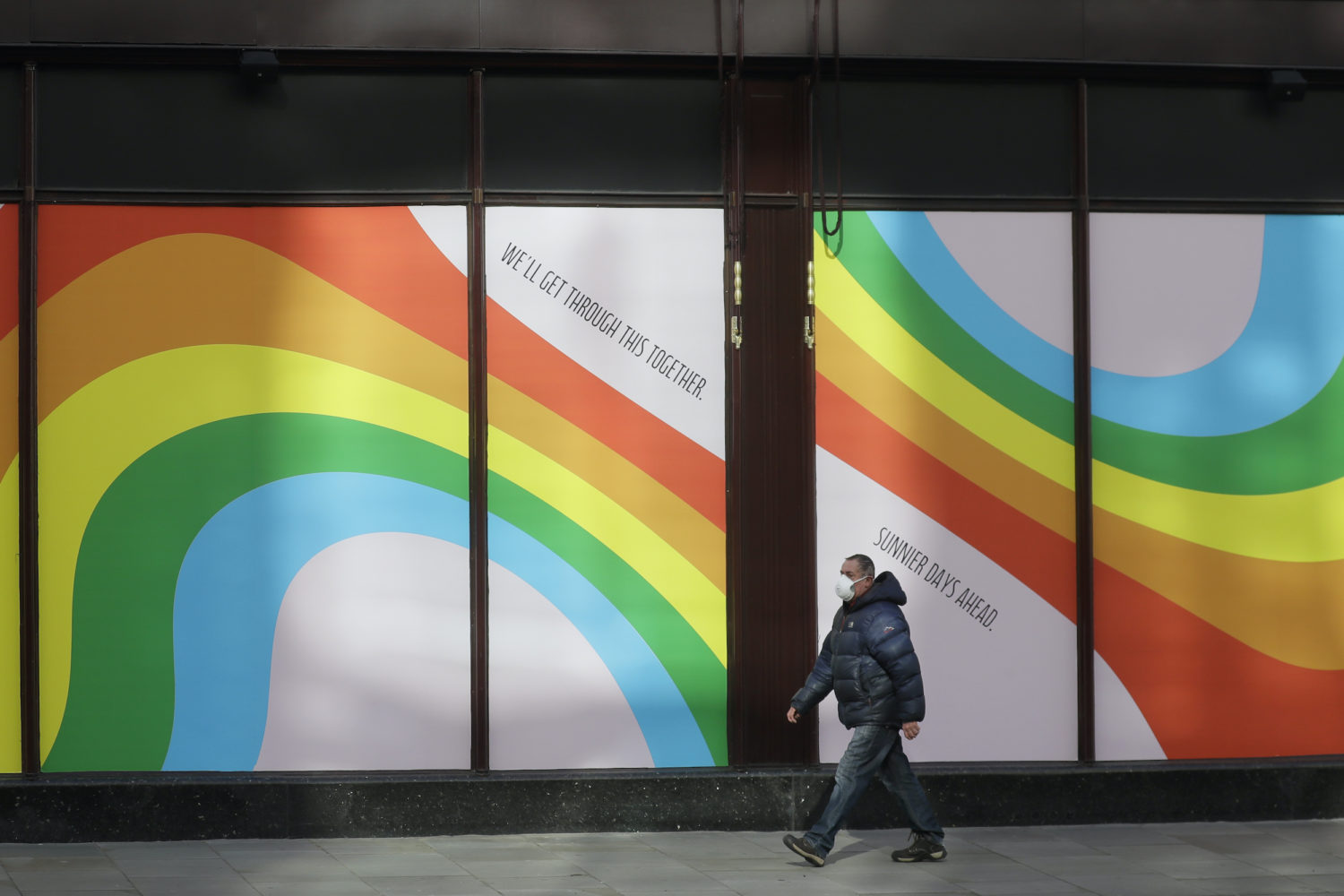 Covering COVID-19 is a daily Poynter briefing of story ideas about the coronavirus for journalists, written by senior faculty Al Tompkins. Sign up here to have it delivered to your inbox every weekday morning.
Covering COVID-19 is a daily Poynter briefing of story ideas about the coronavirus for journalists, written by senior faculty Al Tompkins. Sign up here to have it delivered to your inbox every weekday morning.
I saw a commercial on TV Sunday that ended with the all-too-familiar “we’ll get through this together” line and wondered, “Which ‘this’ do you mean now?”
A week ago, the “this” was a pandemic. Now the “this” is a pandemic and a coast-to-coast border-to-border civil and uncivil uprising.
Odd, isn’t it, that we can fight a virus by staying home and wearing a mask and washing our hands. But fighting injustice requires so much more than isolation and soap.
And still, the pandemic confronts us in a new week. Even as masked crowds peacefully march while others rage and rampage unmasked, the virus is still here and still spreading and killing people. We are about to discover if we have the fortitude to confront both a virus and a sickness at the same time.
I suppose we should change the taglines to the commercials to, “We will get through these together.”
Civil disobedience in a COVID-19 budget crisis
Others will write about the social distress that the street demonstrations and vandalism represent, so allow me to turn my attention toward something more coldly financial. Cities were in COVID-19-caused financial distress a week ago. Now you will have to add to that the cost of overtime for police and other first responders and public works workers doing weekend cleanup and rebuilding after a weekend of unrest. And who knows if more is yet to come.
National Guard troops are funded by both federal and state dollars, and neither has an excess of money right now. There is no reason yet to believe the federal government will step in to help with the costs that cities will absorb somehow.
I went back to the Occupy Wall Street protests in 2011 to see what they cost since they were national in scope. Philadelphia spent about $2.5 million on police overtime. Oakland spent more than $1 million in police overtime. Portland, Oregon, estimated it spent $750,000 in police overtime. Seattle estimated it spent $580,000. And remember, this was just police overtime. Add the costs of business interruptions, and — even more difficult to calculate — the long-term effects of civil unrest on a community’s reputation.
One other calculation, again for context, The Charlotte Observer said the protests that followed the fatal police shooting of Keith Lamont Scott in 2016 cost city taxpayers $4.6 million.
Stores and restaurants that had been closed because of COVID-19 opened just days before they were trashed and looted this weekend. Stores that do not have insurance that covers vandalism may not survive this second punch. The New York Times included a moving passage that is an example of the struggles of small businesses caught in the crossfire this weekend:
Ricardo Hernandez spent the weekend sleeping in a van outside the Mexican ice cream shop he runs with his wife in South Minneapolis. He negotiated with protesters by handing over ice cream and Popsicles so they would leave the shop intact.
“Just looking at this is terrible,” he said of the rubble and broken glass strewn across the neighborhood. “It’s unreal.”
And of course, even with insurance, small businesses have to cover deductibles.
The Atlanta Journal-Constitution reached out to leaders at the Atlanta Convention and Visitors Bureau, who said:
“These setbacks are tough for businesses already hard hit by the current pandemic,” said ACVB president and CEO William Pate in a written statement. “However, we believe repairs can be made quickly and will not impact our ability to welcome conventioneers and visitors back to Atlanta later this summer.”
The Council on Foreign Relations said:
The pandemic is starving state governments of sales taxes, one of their largest sources of revenue. Consumer spending has fallen off as social-distancing measures have curtailed activities such as shopping and dining out. Municipalities are being hit just as hard, since states are the biggest source of revenue for local governments.
Already states are rolling out austerity measures. Maryland has frozen spending while Pennsylvania has laid off or stopped paying thousands of state employees. Ohio has announced $775 million in immediate cuts, mostly to education and Medicaid. If the state made equivalent cuts over the next fiscal year, it would amount to roughly 20% of the state’s contributions to its general revenue fund, according to The Columbus Dispatch.
The National Conference of State Legislatures is tracking state revenue projections around the country. This map shows that some of the areas that have been the hardest hit by COVID-19 shutdowns were also hot spots for unrest this weekend.
Will there be a rise of COVID-19 infections after public demonstrations?
“There’s going to be a lot of issues coming out of what’s happened in the last week, but one of them is going to be that chains of transmission will have become lit from these gatherings,” said former Food and Drug Administration commissioner Scott Gottlieb on “Face the Nation” Sunday. He pointed out that Minnesota was seeing an uptick in COVID-19 cases before the protests, so the virus was actively spreading before thousands of people took to the streets.
Journalists covering the protests noted that the protests in New York City were the biggest public gathering since COVID-19 shut the streets down there, that a number of protestors were not wearing masks and that they were shoulder to shoulder with each other.
In Los Angeles, testing centers were closed because of concerns about safety.
Atlanta mayor Keisha Lance Bottoms said she is concerned that if there is a COVID-19 resurgence from the weekend protests, black Americans will be disproportionately hit by the virus. Mayor Bottoms said Sunday, “If you were out protesting last night, you probably need to go get a COVID test this week. There is still a pandemic in America that’s killing black and brown people at higher numbers.”
Universities may begin to reopen sports programs today
Compared to everything else going on this seems so insignificant, but really it has a lot of implications considering the impact that college sports have on local economies. Universities are free, starting today, to open their athletic training programs. But don’t be surprised if the schools won’t let you within a mile of their athletes.
The NCAA just released “The Resocialization of Collegiate Sports: Action Plan Considerations,” its granular (and grandly named) new plan to reopen college athletics. It lays out the step-by-step process by which schools may restart their programs today.
The NCAA’s guidance includes keeping athletes in small groups, using social distancing and paying close attention to player health, but only giving tests to athletes who show COVID-19 symptoms. When athletes and staff cannot be at least six feet away from each other, they should wear masks, the NCAA’s document says. Students who have to travel back to school using an airplane or other mass transit should self-quarantine for seven days before interacting with teammates or staff.
Teams are supposed to make sure they have on-campus and off-campus isolation facilities in case players start to show COVID-19 symptoms. And the schools are being advised to build systems to contact opposing teams who might have been exposed by a player who later tests positive for COVID-19.
And this is interesting: The NCAA said its surveys show that sports staff should pay close attention to athletes’ mental health. The advisory said:
An NCAA survey of student-athletes revealed that a majority of student-athletes surveyed reported experiencing high rates of mental distress since the outset of the COVID-19 pandemic. Over a third reported experiencing sleep difficulties, more than a quarter reported feeling sadness and a sense of loss, and 1 in 12 reported feeling so depressed it has been difficult to function, “constantly” or “most every day.”
Mental health concerns were highest among respondents of color, those whose families are facing economic hardship and those living alone. Additionally, college seniors reported a sense of loss at 1.5 times the rate of underclassmen. In most instances, the rates of mental health concerns experienced within the last month were 150% to 250% higher than historically reported by NCAA student-athletes in the American College Health Association’s National College Health Assessment.
We are ‘less worried’ but really lonely
New data from Gallup found U.S. adults are less worried now than they were a few weeks ago, at the height of the COVID-19 pandemic.
The less money you make the more worried and lonelier you are, according to the poll.
If you look at Gallup polling over time, people say they are growing less worried — but the one number that is consistent is the percentage of people who say they are lonely. That seems like a story worth exploring.

(Graphic via Gallup)
In one interesting way, we might have predicted the loneliness figure because Americans, increasingly, are living alone. Time pointed out:
Even before the COVID-19 pandemic, public-health experts were concerned about an epidemic of loneliness in the U.S. The coronavirus has exacerbated that problem, with most face-to-face socializing for people still under lockdown orders indefinitely limited to members of their own households. For the 35.7 million Americans who live alone, that means no meaningful social contact at all, potentially for months on end.

(Graphic via Time)
It is interesting, given loneliness is such a large factor in mental health, that mental health providers have no clinical diagnosis for it. There’s nothing in the diagnostic manual called the DSM-5 that a therapist would write down on her diagnosis. But look at this, again from the Time article:
People without social support also have lower chances of full recovery after a serious illness than people with a strong network, studies show. The health consequences of loneliness are often likened to the effects of smoking 15 cigarettes a day — and far more common. While the most recent data show just 14% of American adults and about 5% of high school teenagers smoke cigarettes, a January report from health-insurer Cigna suggested around 60% of American adults felt some degree of loneliness, even before the COVID-19 pandemic hit.
Let’s dive a little deeper into this by going to Psychiatry Advisor, a journal for mental health professionals, who are paying attention to the cost of social isolation on our physical health:
As studies have repeatedly documented, social isolation contributes to elevated blood pressure, morning spikes in cortisol levels, and disrupted sleep. Furthermore, experiments mimicking social isolation contributed to significant declines in cognitive performance and increases in cognitive impairments in undergraduate students, even during a single brief course-related study. Perceived social isolation or loneliness is a better predictor of mortality after heart attack than other cardiovascular risk factors. Moreover, healthy students during a brief summer vacation showed slower rates of wound healing than their less isolated peers.
Have you ever considered how loneliness and social isolation affect your overall health, not just your mood?
The Time story has a lot more data that could point you to a really interesting story. Importantly, it may lead you to some kind of public service project to get people connected. Loneliness is one pandemic-related problem that we do not need the government to fix. We can do it ourselves with a phone call, a Skype, a front-stoop chat.
President Trump vetoed student loan forgiveness for scam victims
Buried in the crush of weekend news, you may have missed this one. In the wake of so much pandemic-caused economic pressures to help students with college loans, President Donald Trump vetoed legislation Friday evening that would have loosened federal student loan forgiveness rules that will take effect July 1.
The legislation had the backing of Congressional Democrats and Republicans and, importantly, veteran groups, including the American Legion. It would have allowed students who were the victims of unscrupulous for-profit colleges to avoid repaying federal college loans. Some of those groups launched ads on cable TV and social media and howled when the president vetoed the bill.
We are heartbroken for @Tasha96354359
and thousands of #veterans whose #GIBill was stolen..@realDonaldTrump‘s decision today to veto the #bipartisan resolution, against the request of 3 dozen veterans organizations, is a blow to #veterans, #servicemembers & their families.
— Veterans Education Success (@GIBillRights) May 29, 2020
Veterans’ groups said vets were targets of school scams because they had GI education funds to spend.
Almost a year ago, Education Secretary Betsy DeVos pushed these tighter rules, at about the same time she repealed rules that would have cracked down on unscrupulous for-profit schools that bilked students and produced near-worthless degrees. The veto means a half-billion dollars in loans that might have been forgiven will have to be repaid.
Hydroxychloroquine flew off pharmacy shelves in March
It is not a surprise that when the president talks up a medication as a game-changer that lots of people who do not need it will buy it anyway. And that is what happened. Here’s the data from Axios.
The U.S. pulled out of the World Health Organization. What happens now?
This post probably should begin with, “What does the WHO do?” NPR produced a useful and digestible answer to that question, including which countries and others contribute and how much.
This graphic surprised me.

(Graphic via NPR)
The global effort to eradicate polio is a crowning achievement in modern medicine, with dramatic results so great that four regions of the globe are now “polio-free.” The Centers for Disease Control and Prevention said polio cases have declined by 99% since 1988.
But, experts said, pulling back from efforts like this might mean a resurgence of viruses like polio and HIV; and bacteria like tuberculosis; which are always looking for new opportunities to re-emerge. Tuberculosis is the top infectious disease killer in the world. Globally, 4,700 people a day die from tuberculosis, according to the WHO, and 28,500 people a day get sick from it around the world. I just wanted you to see the numbers of what we spend and what we get for the money.
Free food samples return at Costco
Perhaps for some of you, the best news of the day is that Costco said it is about to bring back free food samples, with some limitations.
The samples will return in a couple of weeks, Costco said, but however it comes back it won’t be an open display where you pick up a snack as you pass by.
Just point me to the BBQ cocktail weenie giveaway and I am good.
We’ll be back tomorrow with a new edition of Covering COVID-19. Sign up here to get it delivered right to your inbox.
Al Tompkins is senior faculty at Poynter. He can be reached at atompkins@poynter.org or on Twitter, @atompkins.








